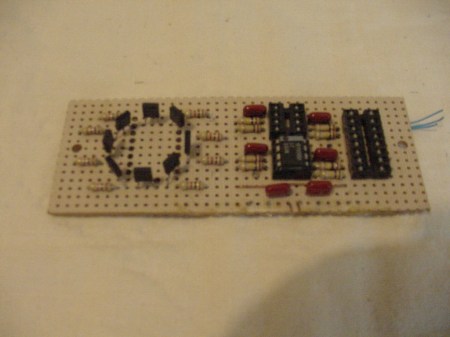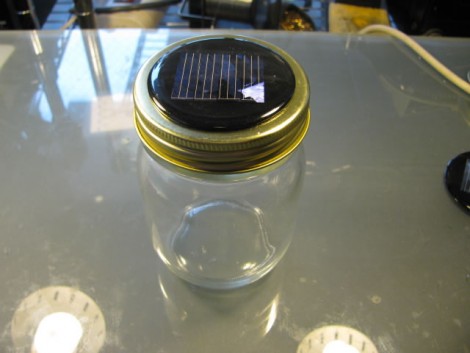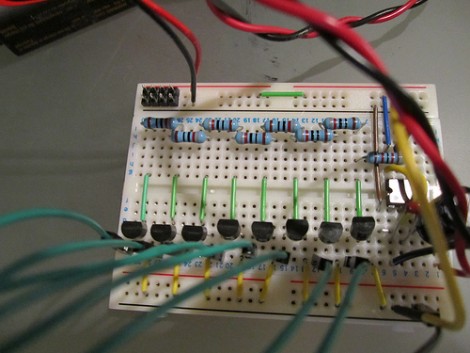
Some animals seem to be able to detect earthquakes. Some animals also navigate using the earth’s magnetic field. From the idea that there may be some relationship with these two things, this experimental earthquake detector was born. [Bob Davis] built this device, which uses an Arduino and several Hall effect sensors to detect and record magnetic fields. Possibly after enough data is recorded, a correlation can be found between the two phenomena.
The sensors in this device are arranged to measure magnetism in four directions as well as in the vertical axis. Part of the idea behind this is that before an earthquake the quartz in the ground moves producing a magnetic field.
In the video after the break, Bob gives some background on the theory behind this device and talks about the first version (built way back in the year 2000) which uses a PC for control and recording. Really interesting stuff so be sure to listen to Bob’s explanation after the break. Continue reading “DIY Earthquake Detector”













